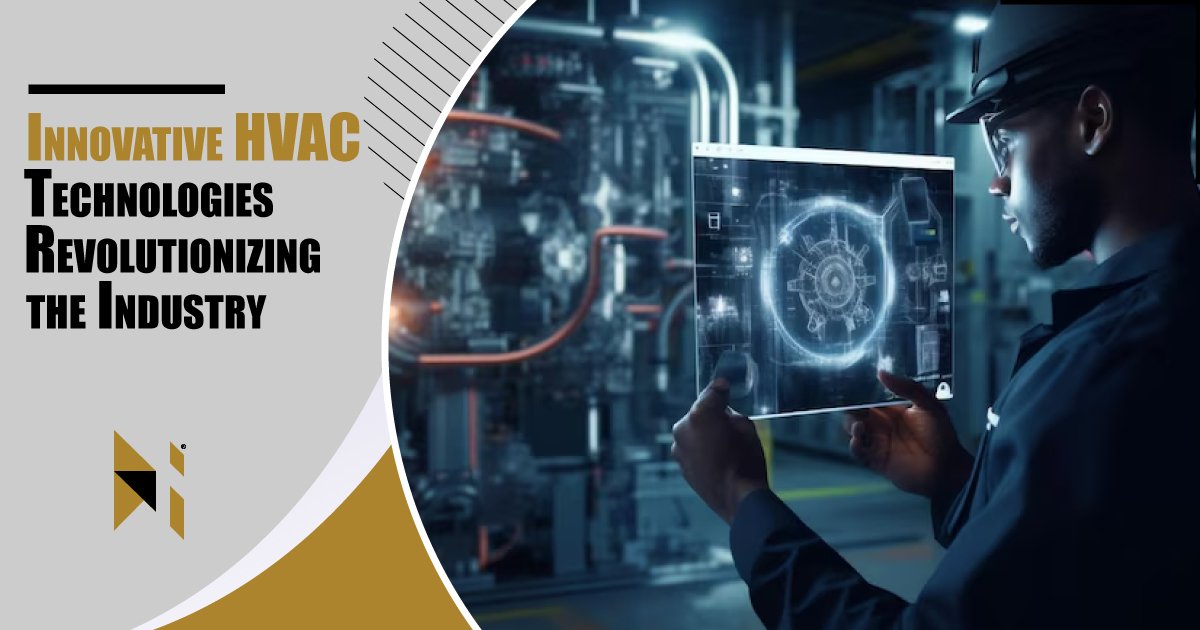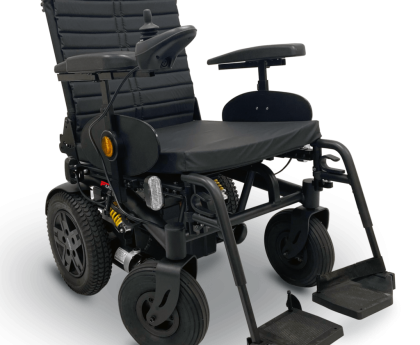In today’s fast-paced technological world, it’s critical to stay ahead of the game. With the growth of smart technology, the world is moving towards a more automated future. As such, HVAC systems are now integrating smart technology to enhance their functionality and efficiency. This change means that HVAC engineers and contractors must familiarize themselves with the fast-changing technological landscape to provide their clients with the best possible systems. The significance of smart technology in HVAC systems, the assistance of integrating smart devices into MEP systems, and the upcoming future of smart technology in HVAC (Heating, Ventilation and Air-conditioning) systems.
Why Use Innovative Technology?
The Role of HVAC Systems in recent buildings mechanical, electrical, and plumbing (MEP) systems provision of modern buildings, continuation the smooth operation of essential functions such as heating, ventilation, air conditioning, lighting, and water supply. These systems are at fundamental to creating relaxed, harmless, and ecological environments for occupants. In today’s swiftly advancing technological landscape, the integration of smart technology has revolutionized the way HVAC systems function. Smart technology refers to the incorporation of intelligent devices, sensors, and automation, enabling these systems to become more efficient, responsive, and interconnected.
The HVAC system in commercial buildings and factories is more complex and needs more accuracy in performance. The authorities issue guidelines for HVAC works, and the engineers follow those standards for better quality work. The heating, ventilation, and cooling systems require more efficiency and functionality. With growing technologies and production scales, these systems need to be regulated with renewable technologies and energy-efficient planning to fulfill the demand in commercial buildings and factories. Busier and congested places need more powerful equipment and HVAC systems to control the effects of climate change and indoor air quality. Now, engineering technicians modify through CAD software for design and modeling. 2D and 3D modeling and planning are the modern perceptions for foreseeing the structural infrastructure of projects. Autodesk Revit is dominating the planning efforts.
Building Information Modeling (BIM)
Engineers and architects are planning and designing new projects with the help of the advanced technology that is building information modeling. They create 3D models through it and customize those as per the client’s requirements. They set those as per the standards and sustainable structure. It helps to tackle potential issues early for better changes. They use this technology for smart building management systems. It helps to test and stimulate the new designs. It also helps in development work.
This is arguably one of the best approaches towards efficient green engineering solutions. BIM has a wide scope of services to offer with a dedicated window for the documentation of drawings and everything official. HVAC systems are complex and must be well-designed and installed on-site. BIM has industry-leading options for visualizing the air flow ducts, ventilation ducts, heating mechanisms, and air conditioning systems. Due to the immense complication of these interconnected systems, BIM has an amazing workflow in-house station available to document every tiny detail in the model. Real-life models and visuals are available in this.
BIM has a huge role in streamlining energy-efficient solutions and trends in their design. BIM has a dedicated features pack for multiple purposes. BIM has made it very easy to implement complex solutions that are ultimately going to benefit consulting companies as well as HVAC engineers. The benefits of Building Information Modeling are not limited to design, conflict resolution, and error reduction. The last and perhaps most important benefit of BIM are to provide long-term savings by ensuring a quality project. BIM brings powerful capabilities to HVAC contractors. By leveraging BIM, duct fabricators and mechanical contractors can experience significant improvements in schedules and costs, as well as greater system efficiency. BIM can help with higher-quality fabrication, lower errors, and lower conflicts across the board. The benefits of Building Information Modeling lead to a competitive advantage at every level.
Embrace of Smart Technologies and IoT Integration
The adoption of smart HVAC solutions, enabled by Internet of Things (IoT) technologies, will continue to gain traction in Saudi Arabia. Smart thermostats, energy management systems, and automated controls offer enhanced comfort, energy savings, and remote monitoring capabilities.
Insulation Panels
High-quality insulation panels called Sandwich panels can be utilized in the interior walls of buildings. This can help minimize the loss of pure quality air which is responsible for the breathing of humans. By usage of such panels can also be beneficial in safeguarding the unwanted air entraining ways that can be possible in existing buildings.
Artificial Intelligence Tools
Artificial intelligence tools have become very popular in the advanced planning of MEP projects. The tools utilize machine learning for better analysis and adjustment to save energy consumption costs in building construction. They help implement eco-friendly construction methods and standards for a better quality of work and outcome. Tools help make designing processes easy and fast to track and modify. These tools are for managing automation systems in MEP Design. They save time and reduce errors.
Conclusion
The future of HVAC design and smart building management systems is going to be more advanced and automated. AI-based modeling, laser building scanners, virtual reality, and modern standards are changing the scenario within the industry. The demand for high-energy-saving tools and engineering software is increasing. Silver Foundation is among the leading service provider in providing assistance and cutting-edge services in smart HVAC systems. With the latest trends and solutions, the HVAC industry is going to flourish like never before.





